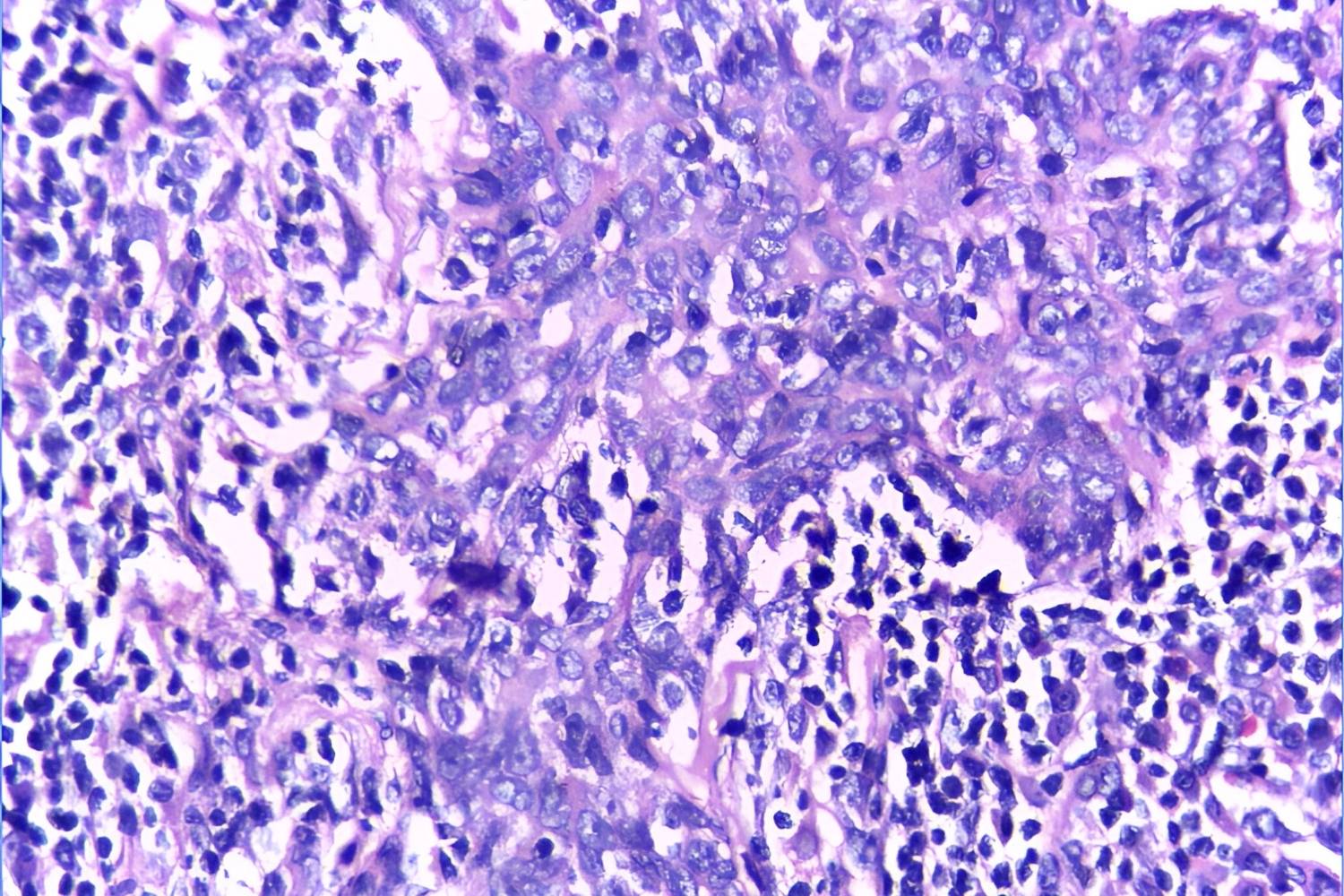
Mikulicz's Disease is a rare, chronic condition characterized by the painless swelling of the salivary and lacrimal glands. Often mistaken for other autoimmune disorders, this disease primarily affects middle-aged adults. What causes Mikulicz's Disease? The exact cause remains unknown, but it is believed to be linked to an abnormal immune response. Symptoms include dry mouth, dry eyes, and swelling of the glands. Diagnosis typically involves blood tests, imaging studies, and sometimes a biopsy. Treatment focuses on managing symptoms and may include medications like corticosteroids. Understanding this condition can help those affected lead a more comfortable life.
Key Takeaways:
- Mikulicz's Disease causes swelling of salivary and lacrimal glands, leading to dry mouth and eyes. Treatment involves managing symptoms and monitoring immune system activity for better outcomes.
- This rare disease, named after Jan Mikulicz-Radecki, is linked to immune system abnormalities. Ongoing research aims to uncover genetic factors and develop targeted therapies for improved treatment.
What is Mikulicz's Disease?
Mikulicz's Disease is a rare, chronic condition characterized by the swelling of the salivary and lacrimal glands. Named after the Polish surgeon Jan Mikulicz-Radecki, this disease often gets confused with other similar conditions. Here are some fascinating facts about Mikulicz's Disease.
-
Mikulicz's Disease primarily affects the salivary and lacrimal glands, causing them to swell.
-
The disease was first described by Jan Mikulicz-Radecki in 1892.
-
It is considered a form of IgG4-related disease, which involves immune system abnormalities.
-
Symptoms often include dry mouth and eyes due to gland swelling.
-
The exact cause of Mikulicz's Disease remains unknown.
Symptoms and Diagnosis
Understanding the symptoms and how doctors diagnose Mikulicz's Disease can help in early detection and treatment. Here are some key points.
-
Patients often experience painless swelling of the parotid, submandibular, and lacrimal glands.
-
Dry mouth (xerostomia) is a common symptom due to reduced saliva production.
-
Dry eyes (keratoconjunctivitis sicca) occur because of decreased tear production.
-
Diagnosis usually involves blood tests to check for elevated IgG4 levels.
-
Imaging studies like CT scans or MRIs can help visualize gland enlargement.
Treatment Options
Treating Mikulicz's Disease involves managing symptoms and addressing the underlying immune system issues. Here are some treatment facts.
-
Corticosteroids are often prescribed to reduce inflammation and gland swelling.
-
Immunosuppressive drugs may be used to control the immune system's abnormal activity.
-
Artificial tears and saliva substitutes can help alleviate dryness symptoms.
-
Regular follow-ups with a healthcare provider are crucial for monitoring the disease.
-
In severe cases, surgical removal of the affected glands might be considered.
Historical Context
The history behind Mikulicz's Disease offers insight into its discovery and evolution in medical science. Here are some historical facts.
-
Jan Mikulicz-Radecki, a pioneering surgeon, first described the disease in the late 19th century.
-
Initially, the disease was thought to be a form of tuberculosis.
-
Over time, medical advancements revealed its connection to autoimmune disorders.
-
The disease has been reclassified multiple times as new research emerged.
-
Today, it is recognized as part of the broader spectrum of IgG4-related diseases.
Epidemiology and Demographics
Understanding who is most affected by Mikulicz's Disease can provide clues about its causes and risk factors. Here are some demographic facts.
-
Mikulicz's Disease is rare, with fewer than 1 in 100,000 people affected.
-
It can occur at any age but is most commonly diagnosed in middle-aged adults.
-
Both men and women are equally likely to develop the disease.
-
There is no known racial or ethnic predisposition to Mikulicz's Disease.
-
Family history does not appear to play a significant role in the disease's occurrence.
Research and Future Directions
Ongoing research aims to uncover more about Mikulicz's Disease and improve treatment options. Here are some research-related facts.
-
Scientists are investigating the genetic factors that may contribute to the disease.
-
New therapies targeting specific immune pathways are being developed.
-
Clinical trials are exploring the effectiveness of biologic drugs in treating Mikulicz's Disease.
-
Researchers are studying the long-term outcomes of patients with the disease.
-
Advances in imaging technology are helping doctors better understand gland involvement in Mikulicz's Disease.
Final Thoughts on Mikulicz's Disease
Mikulicz's Disease, though rare, offers a fascinating glimpse into the complexities of autoimmune disorders. Understanding its symptoms, such as swollen salivary glands and dry eyes, can lead to early diagnosis and better management. Treatments often involve corticosteroids and immunosuppressants, which help control inflammation and improve quality of life. Awareness and research are crucial for advancing knowledge and care options. If you or someone you know shows signs of Mikulicz's Disease, consulting a healthcare professional is essential. Early intervention can make a significant difference. Stay informed, stay proactive, and remember that medical advancements continue to offer hope for those affected by this condition.
Frequently Asked Questions
Was this page helpful?
Our commitment to delivering trustworthy and engaging content is at the heart of what we do. Each fact on our site is contributed by real users like you, bringing a wealth of diverse insights and information. To ensure the highest standards of accuracy and reliability, our dedicated editors meticulously review each submission. This process guarantees that the facts we share are not only fascinating but also credible. Trust in our commitment to quality and authenticity as you explore and learn with us.
